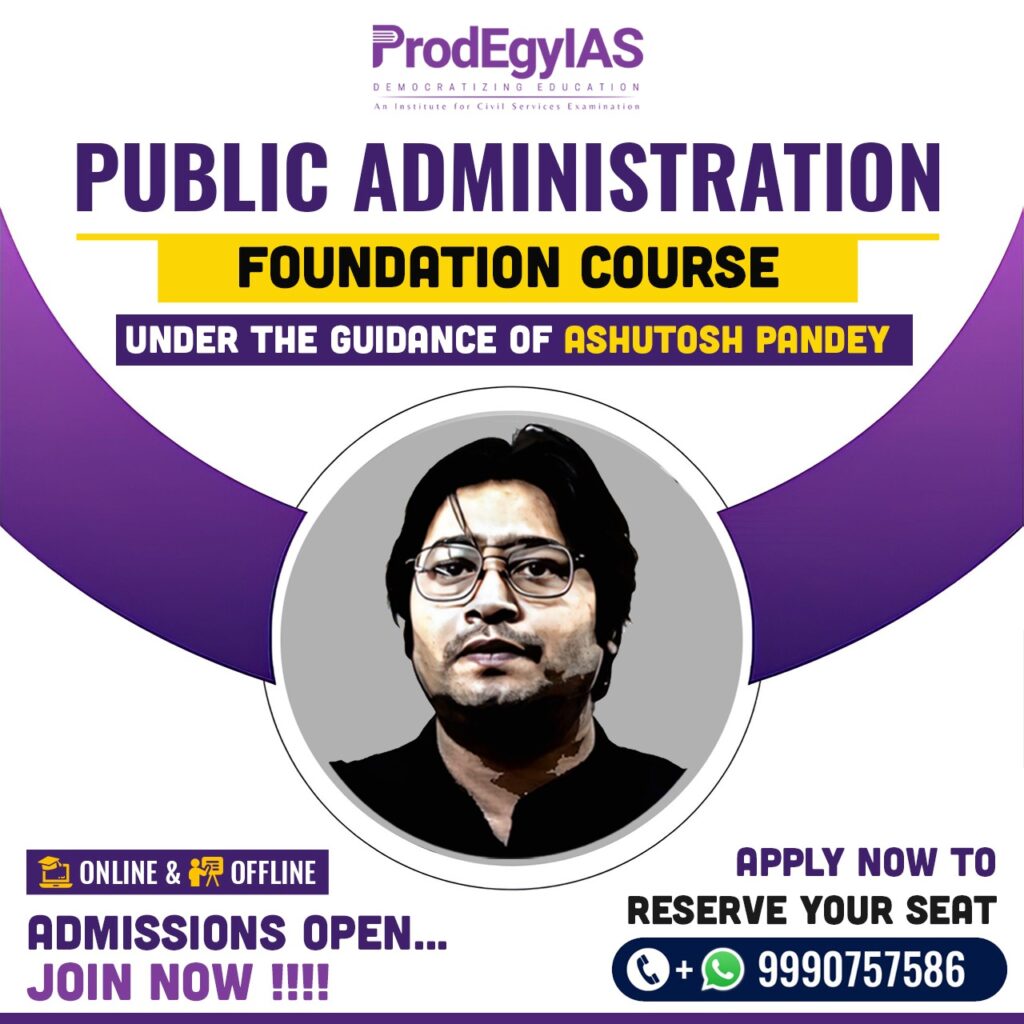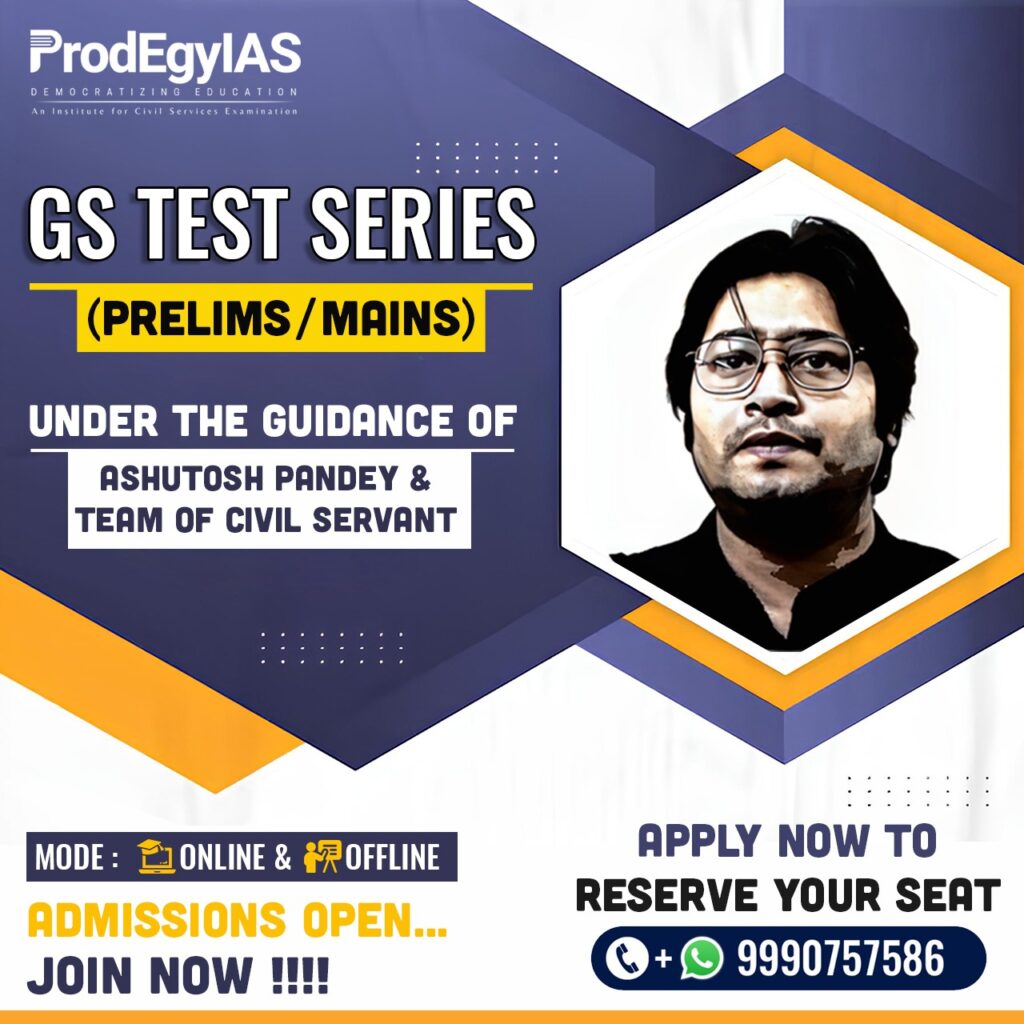The concept of personality rights is more important than ever in our digital age, where names, voices, likenesses, and photographs can be deepfaked, copied, or sold without permission. In a media and technological environment that is changing quickly, Indian courts have recently been asked to define and uphold these rights.It highlights normative tensions, gaps, and judicial attempts. In this blog, we summarise the editorial’s findings, provide technological and legal background, look at significant rulings, and make recommendations for the future.
What exactly are personality rights?
Control over one’s name, appearance, likeness, voice, signature, and other distinctive characteristics is the fundamental component of personality rights. Two interconnected components can be used to understand these rights:
- Commercial and Publicity Rights: the freedom to make money off of one’s identity—avoidance of unapproved promotion or abuse in branding, merchandising, or advertising.
- Rights to privacy and dignity: defence against abuse, deception, degrading treatment, or exploitation, even in non-commercial contexts.
In addition to using the tort of passing off to combat unauthorised commercial use, Indian courts are increasingly reading individual rights under Article 21 through the prisms of privacy and dignity. The Hindu editorial subtly exhorts judges to strike this balance.
Constitutional Anchors & Legal Foundations
Indian courts rely on the constitutional and common law frameworks because the country does not yet have a formal “Personality Rights Act.”
- Privacy Rights as a Touchstone: Along with Articles 14 and 19, the right to privacy was made a basic right under Article 21 in the historic K.S. Puttaswamy v. Union of India (2017) case. This ruling offers a solid constitutional foundation: abusing one’s identity, particularly online, can violate privacy, autonomy, and dignity—all essential elements of life and freedom.
- Doctrines of Common Law: Courts use conventional torts where there isn’t a single statute:
- Taking Off: Courts may consider misappropriation to be unfair competition when it implies fraudulent endorsement.
- Defamation and misrepresentation: These concepts may overlap when misuse damages reputation.
IP & Moral Rights Overlaps
Although not specifically designed for persona control, IP statutes provide some protection:
- Moral Rights and Copyright (Section 57): Prevent a work from being distorted, mutilated, or treated negatively. In order to maintain creative integrity, the Amar Nath Sehgal case is a classic; it awarded damages and ordered the restitution of a mural.
- Registration of trademarks and names: In order to prevent misuse, some people register their own names or slogans. The articles published by LexCounsel detail how celebrities support their personality claims with trademark law.
Although these patchwork safeguards are useful, they are not enough to handle more recent issues like artificial intelligence, deepfake voices, or exploitation of anonymity.
Legal Developments & Significant Decisions
Through rulings in the fields of digital technology, entertainment, media, and healthcare, Indian courts have progressively developed their doctrine.
Initial Cases: Examining Boundaries
Rajat Sharma v. Ashok Venkatraman (2019) case: the Delhi High Court used a standard similar to false endorsement to rule that a derogatory advertisement indicated personality abuse.
A.L. Vijay vs Deepa Jayakumar: According to the Madras High Court, personality cannot be inherited because personality rights do not endure after death.
Anil Kapoor vs Simply Life: the Delhi High Court upheld Kapoor’s voice, image, and domain usage, holding that the right to criticise in the public good must coexist with the prohibition on commercial exploitation.
Courts are experimenting with thresholds, standards, and striking a balance between speech and privacy, as these early instances clearly demonstrate this fact.
Current Trends in the Digital Era
Courts have been forced to step in more forcefully due to the frequency and scope of misuse:
Abhishek Bachchan and Aishwarya Rai Cases: Websites that used the celebrities’ names, photos, or altered AI content without permission were recently prohibited by the Delhi High Court. These actions demonstrate a recognition that a celebrity’s reputation is a business asset that should be safeguarded by them.
Dr. Naresh Trehan Case: A court order was issued for removals of his deepfake videos giving medical advice.They had to be removed within 24 to 36 hours and orders of platform disclosure, and injunctive relief to the well-known physician.
Voice Cloning Case of Famous Singer Arijit Singh: The Bombay High Court acknowledged that unapproved voice cloning and mimicking violated personality rights.
These decisions highlight important judicial perspectives:
- Personality rights beyond entertainment: Public celebrities and professionals outside of Bollywood are also protected.
- Proactive measures include disclosure requirements, quick takedowns and John Doe orders.
- AI awareness: New technology is specifically viewed by courts as exacerbating harm.
Commentators point out that certain rulings frame persona as a type of intellectual property. It means that one’s name and likeness have a marketable value and should be shielded against freeloaders.But there are still holes. Certain courts impose culpability based solely on commercial exploitation whereas others demand evidence of confusion or misrepresentation. So the results are unexpected due to the absence of consistent criteria.
Click Here👇
📥 Download UPSC Topics-wise Free Notes
Difficulties and Difficulties in the Digital Age
Deep fake,Artificial Intelligence and Synthetic Media
The possibility of abuse has increased like face-swapping, voice cloning and generative avatar tools have become more widely available. The Bachchan and Trehan orders which specifically classify AI-manipulated content as infringing and it clearly shows that how courts are reacting.
Liability of the Platform and Intermediary Functions
The medium is the message often. Courts use the following when social media hosts or platforms post content that violates the law:
- Orders for takedown or removal
- Information about the defendant or user being revealed
- Blocking malicious websites or URLs
The Trehan lawsuit mandated the platforms to adhere to stringent deadlines.
- Barriers to Cross-Border and Anonymity hurdles
Numerous abuses are the result of foreign actors or camouflaged individuals. Indian courts might not have the authority to enforce laws in other countries.So International cooperation must be taken into account for a strong remedy worldwide.
- Risks of Overreach and Free Expression
Aggressive takedown orders run the risk of stifling free speech since they may unintentionally suppress fan art, satire, parody, or criticism. Courts need to be carefully calibrated. Free expression must not be suppressed by personality rights, as the Hindustan Times article cautions.
- Complexity of Identity
People may employ several personalities, avatars, or pseudonyms in digital places. Legal protection needs to take identity fragmentation into consideration.
- Legacy & Post-Mortem Rights
Perpetual personhood rights after death are now denied by Indian courts as noted in previous cases. There is disagreement over whether heirs should have authority over the personalities of the departed.
Comparative Education & International Standards
Other legal systems provide useful examples:
- US (Publicity Right): Personas are treated as property in many states and misuse can be licensed or litigated by individuals or their estates.
- France and Germany: People have ownership over their likenesses and personal information thanks to strict image and data protection regulations.
- Commonwealth/UK: Depend more on passing off, defamation and privacy.
- Australia and Canada: A combination of tort law and the acknowledgement of the commercial worth of personas.
India might use a combination of judicial stacking and a statute that is specific to the Indian situation.
In a time of widespread digital abuse, Indian courts are under pressure to define and uphold personality protection. There are still gaps in theory, legislation, and enforcement even though recent rulings (such as Bachchan and Trehan) demonstrate judicial commitment. To chart the course forward, a well-crafted regulatory framework, legal clarity, platform responsibility, and barriers to free expression are required.



